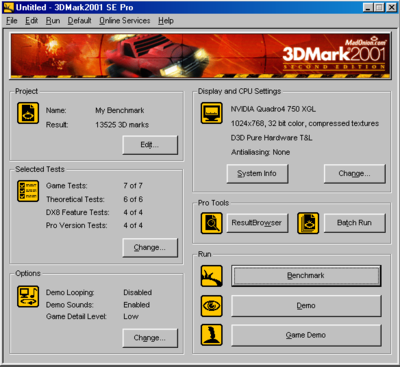Reply 40 of 59, by Jo22
- Rank
- l33t++
Sorry, you're right of course. Maybe what I said was a bit overstated.
It's just.. Some of those experts go somewhat into to details of the x86 architecture and Win NT,
only to explain why it is "impossible" or not feasible to support ntvdm on recent x64 versions of Windows.
The author in the link I mentioned goes even further and claims it would be too much of an effort and totally not worth it:
"Microsoft was facing a challenge: to support legacy DOS applications, the existing NTVDM needed to be extended to do full 8086 processor emulation (with the corresponding performance impact of emulation). Given the abundance of other virtualization & emulation products on the market, it was decided to remove the NTVDM from Windows x64 all together."
I wonder what challenge he meant. They already had it! Yes, ntvdm is old. But so is the NT kernal.
Besides, the normal ntvdm is still inside the newest Win10 x86 builds, so it can't be that difficult.
Plus, he mentions a "performance impact of emulation". I wonder, is he kidding ?
We're talking about 486 era software. Even an old Athlon64 (the minimum you need for Win X64) is running
an full-fledged emulator like PCem/DOSBox at high speeds. In fact, it would be good if ntvdm was throttled to 286-486
levels, as some early DOS or Win 3.x programs are still speed sensitive (like Lunar Lander v3).
*sigh*
Sorry, again. Normally I don't moan about stuff. But this really annoys me for years.
There's a lot of old, but nice windows software out there, which can't be run out-of-box anymore because of this stupidity.
Plus, they often blame the x86-64 architecture for this, eventhough it's not its fault.
Yes, the loss of V86 (in 64bit mode) is sad for most, but imagine the headache it would cause if it was still there..
What the engineers did was probably the safest method to ensure things were kept working properly.
Besides, maybe there's a way to access V86 by switching between compatibility mode and long mode back and forth.
I heard techniques like this are also used by virtualisations software. Maybe that's true, I don't know.
I mean, it's even possible to run Win 7 x64 on a Windows XP 32bit host, if VTx or AMD-V is enabled (XP can't run in long mode).
@squareguy I'm sorry for the long post. I hope you don't mind. I know, it was not really on-topic and it wasn't very polite of me either.
Nevertheless I wish you the very best for your project! 😀 And I'm curious aswell how good Win98 will run on this machine..
"Time, it seems, doesn't flow. For some it's fast, for some it's slow.
In what to one race is no time at all, another race can rise and fall..." - The Minstrel
//My video channel//

